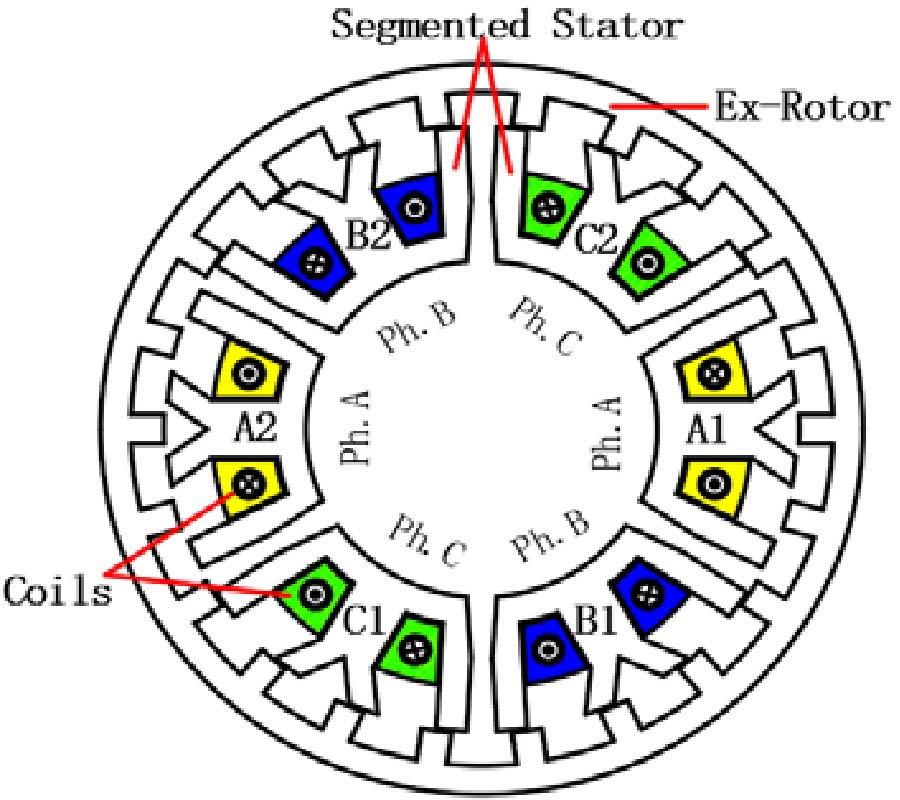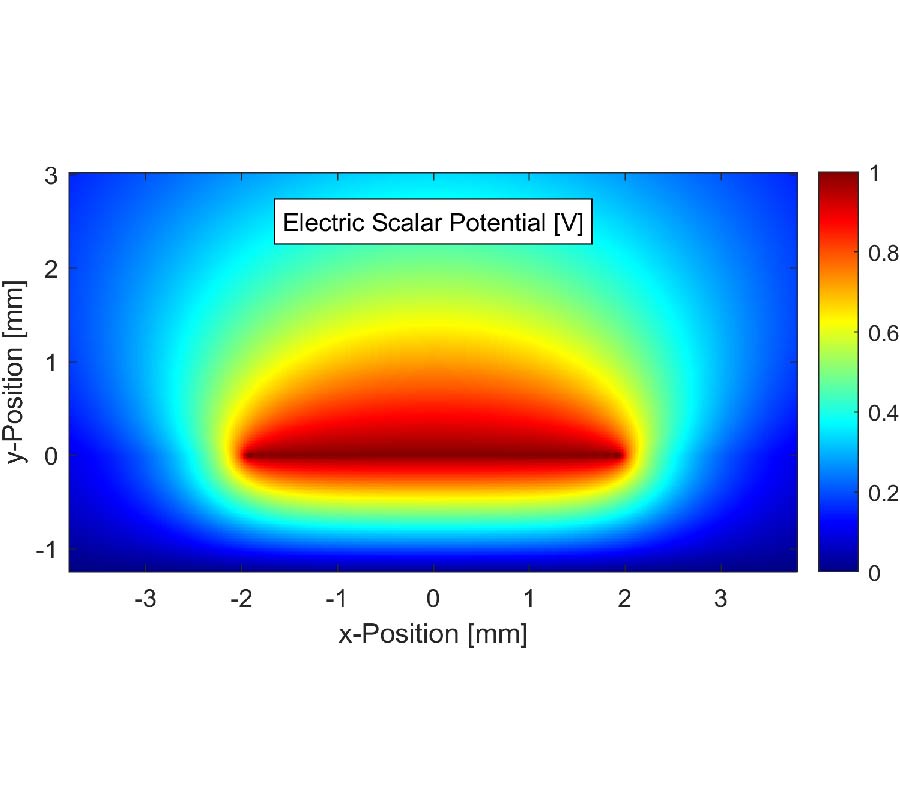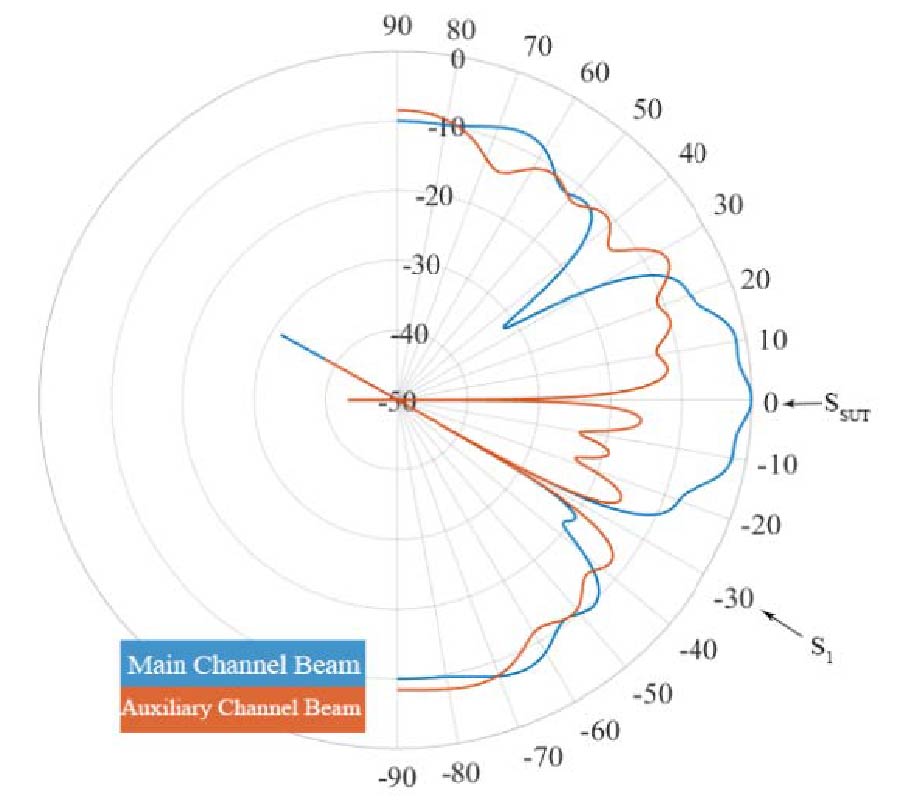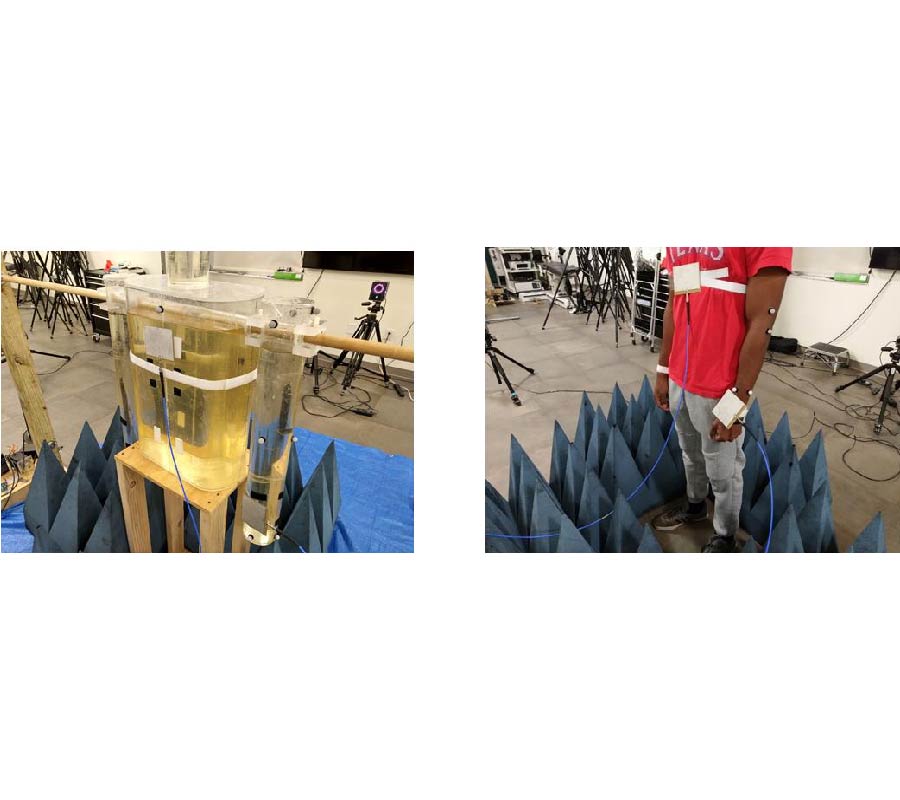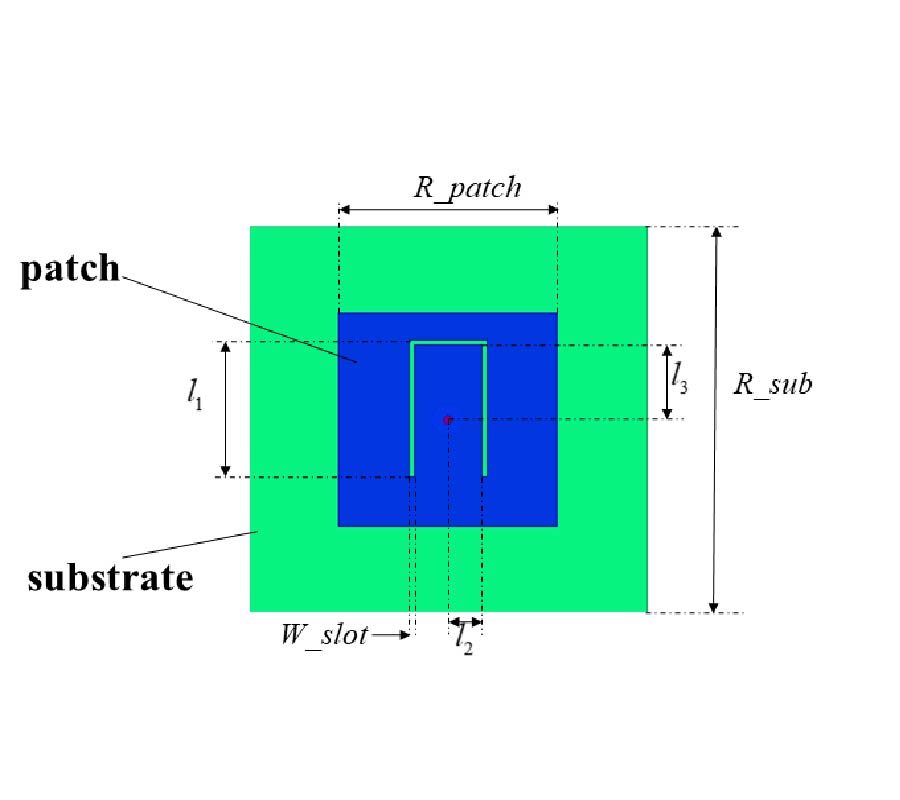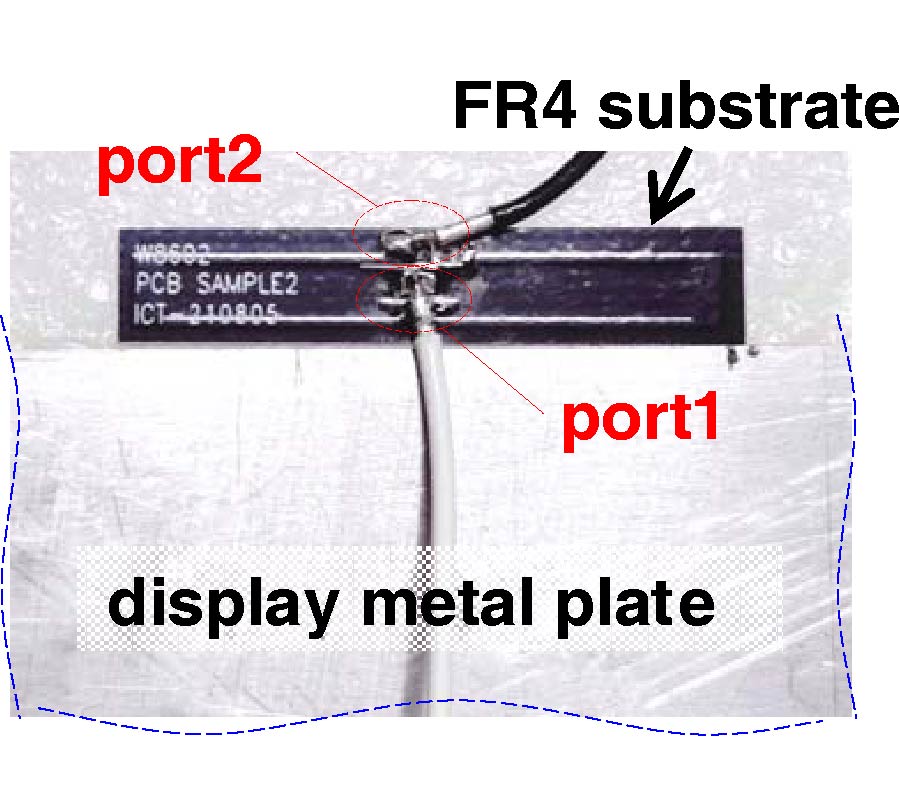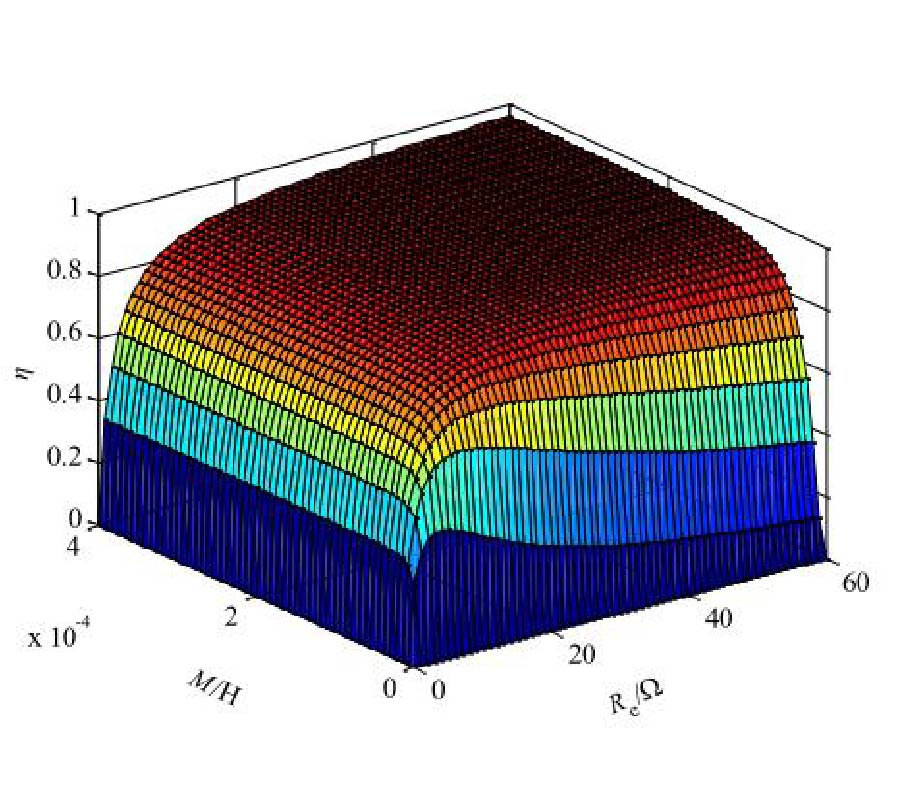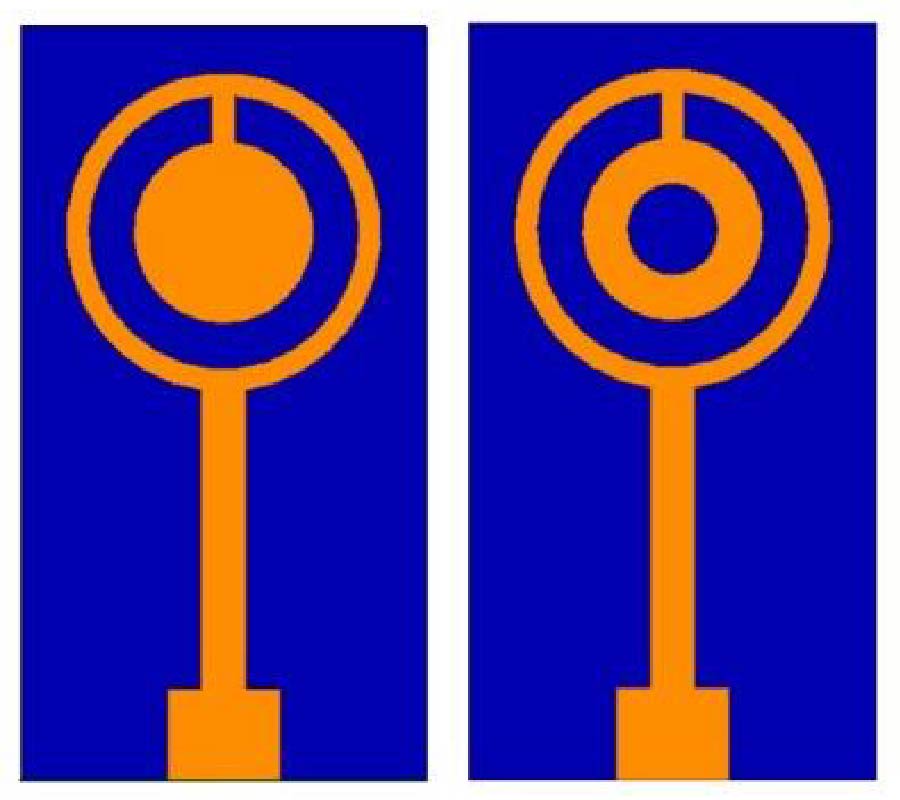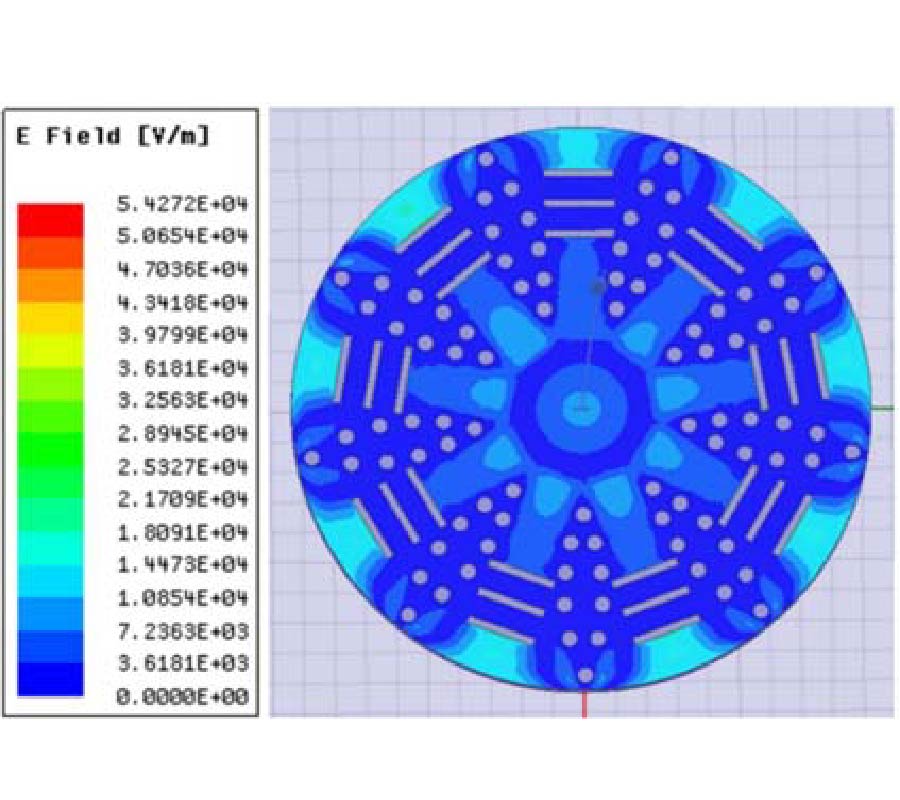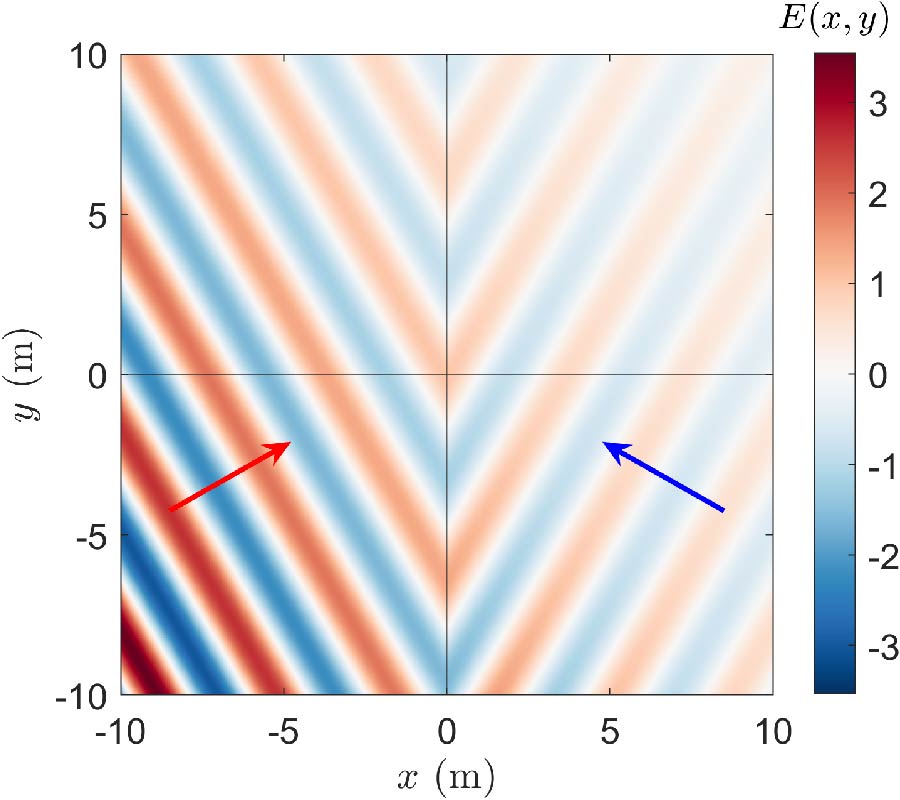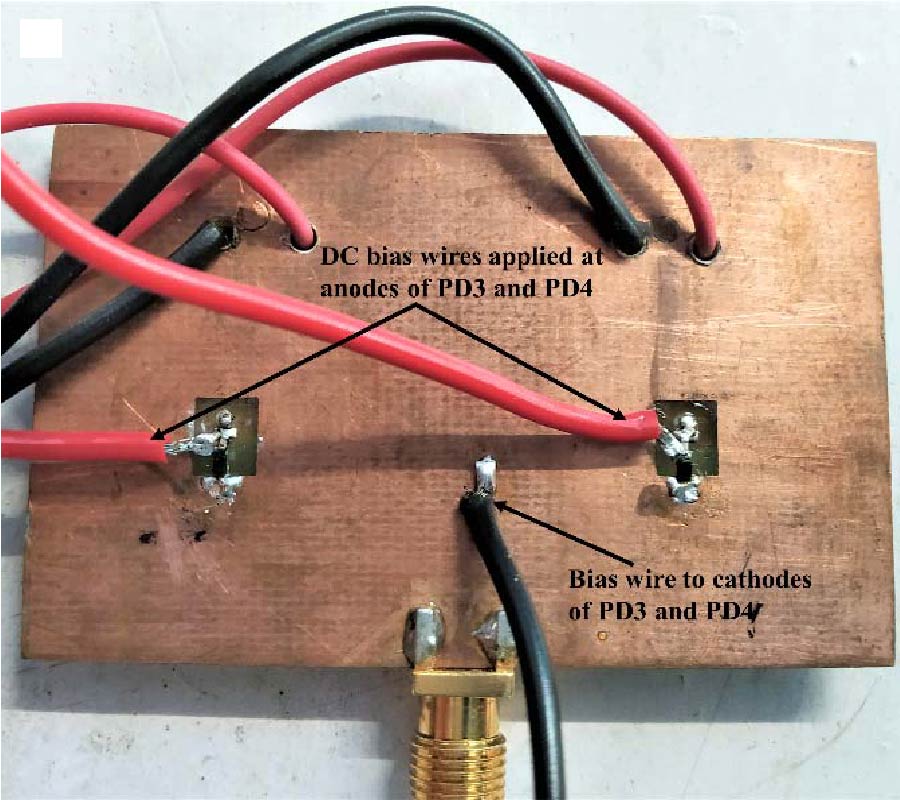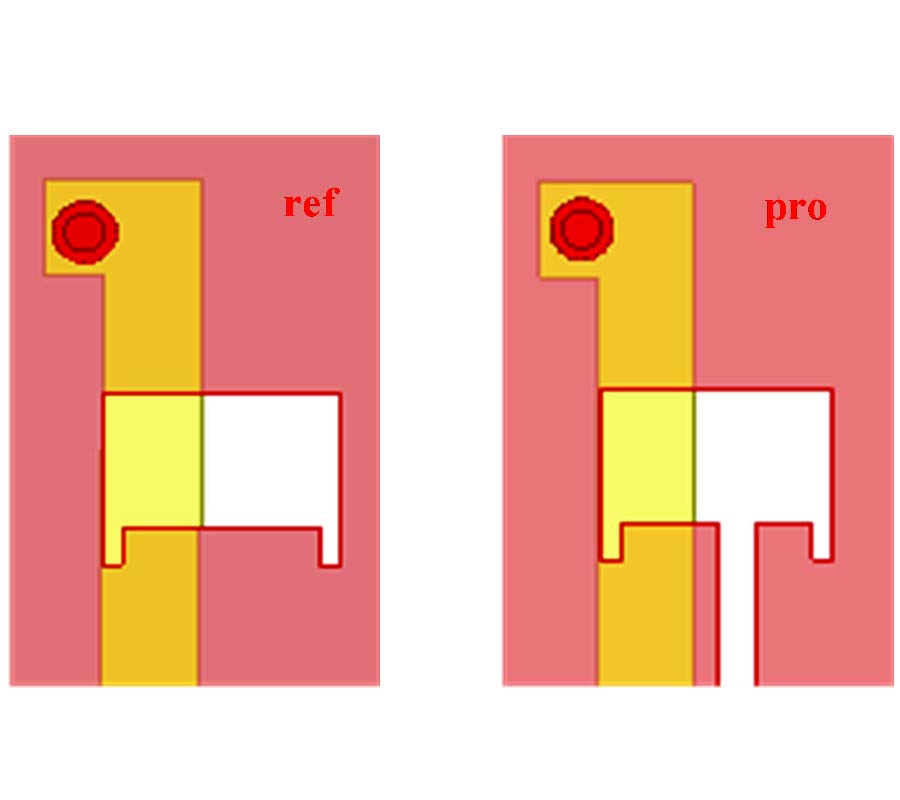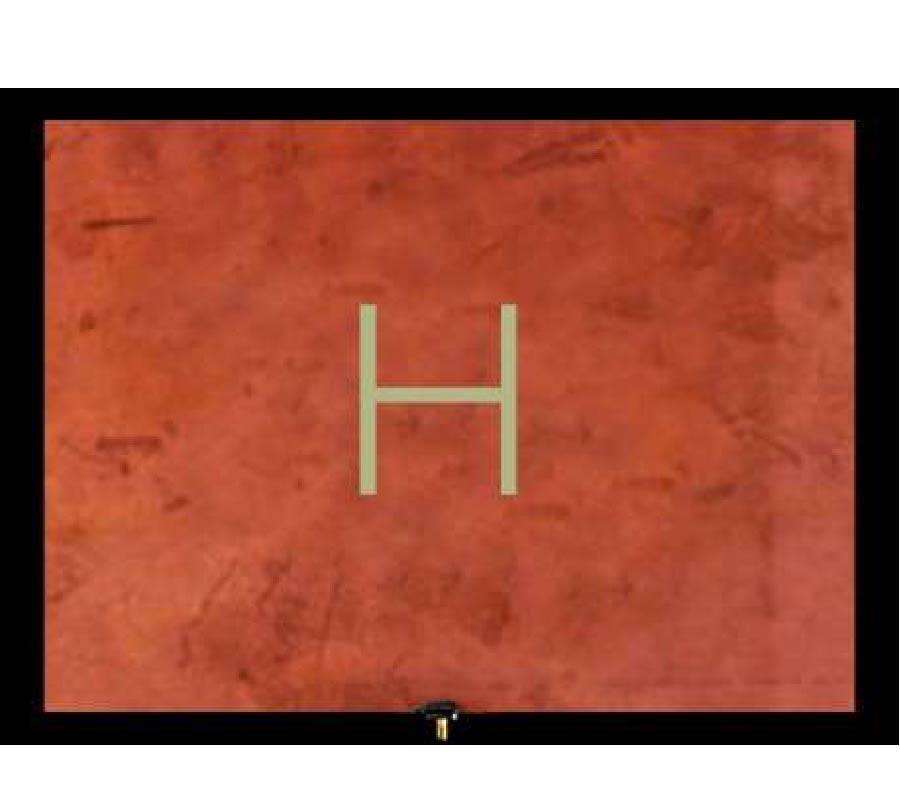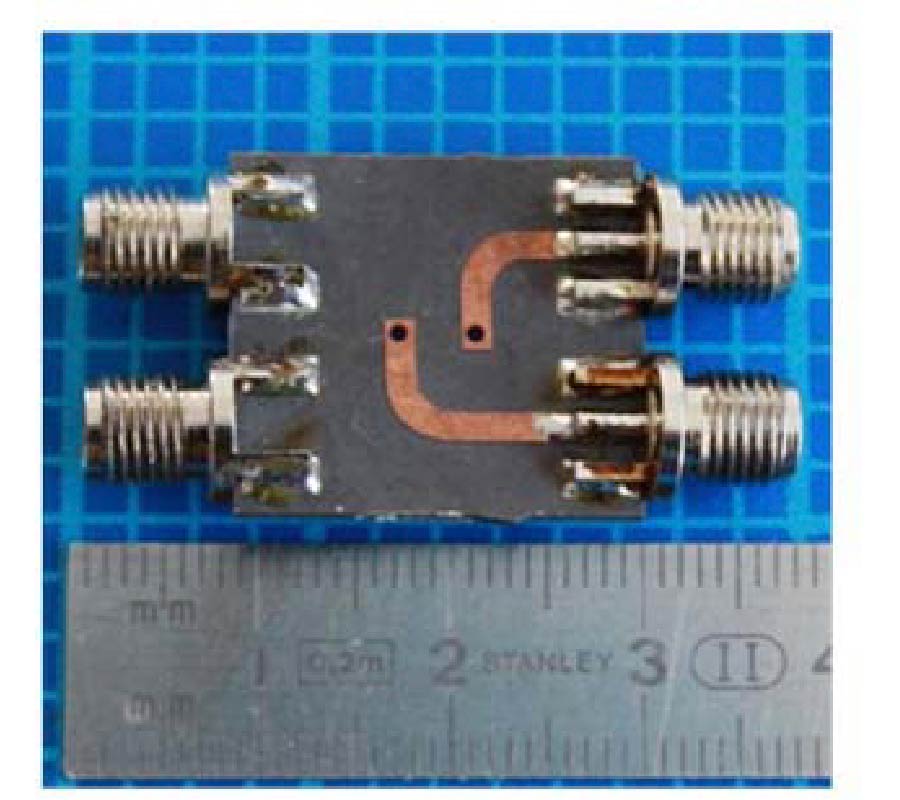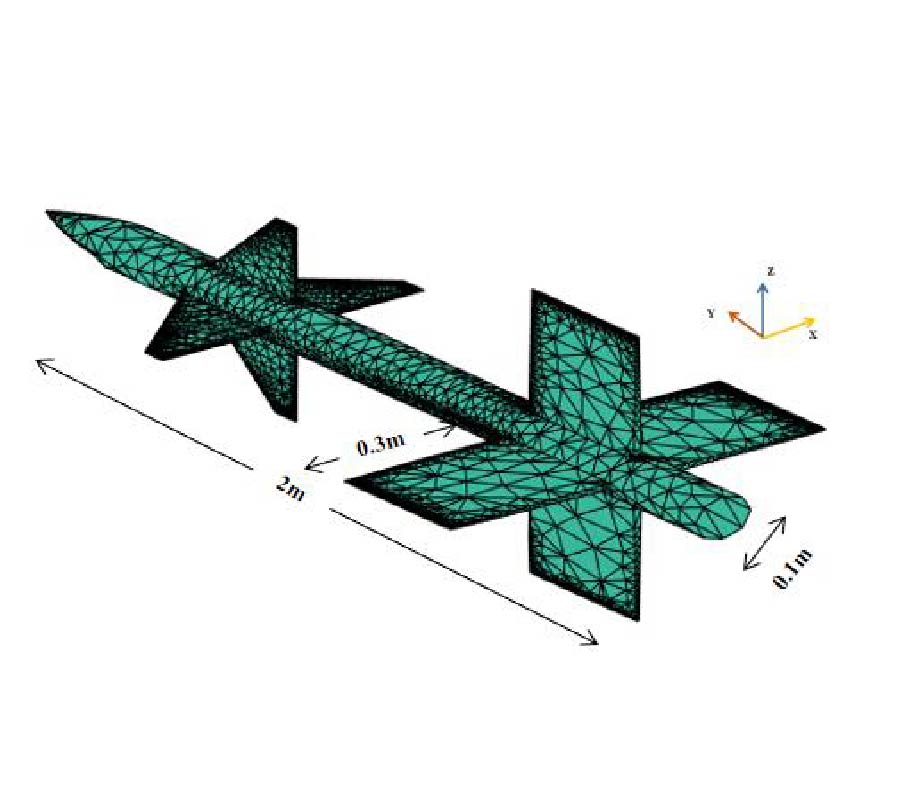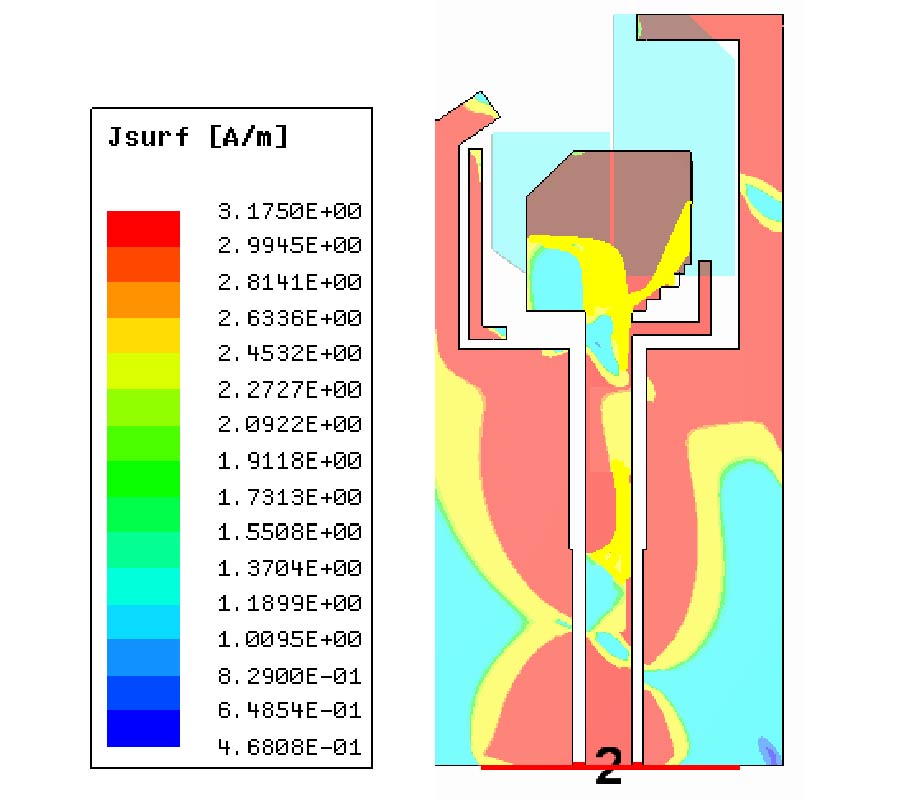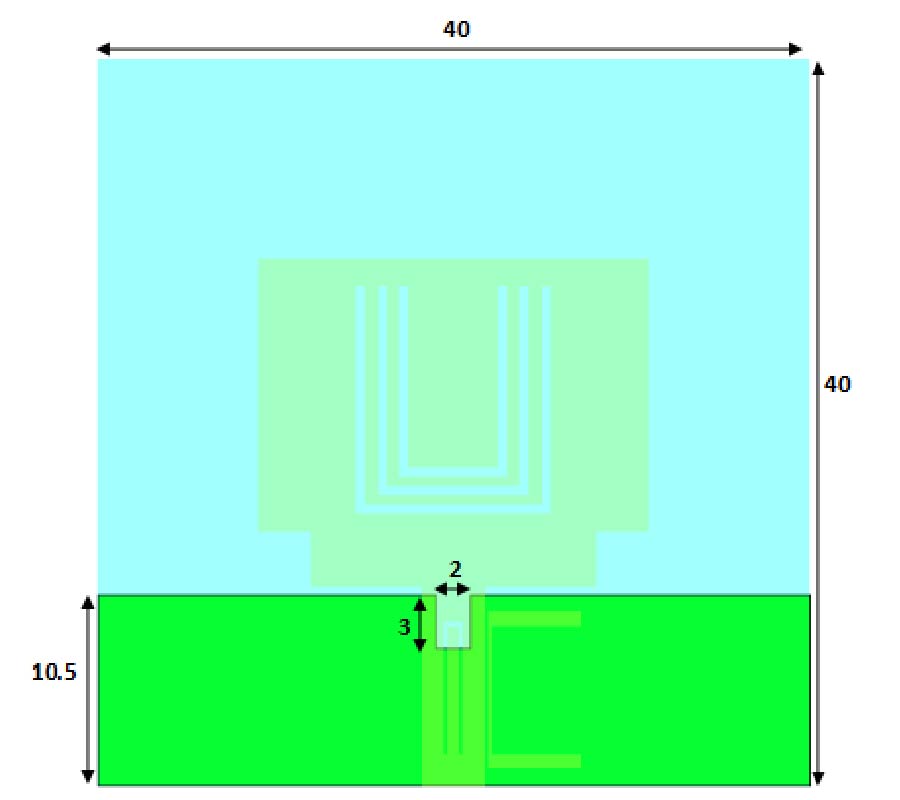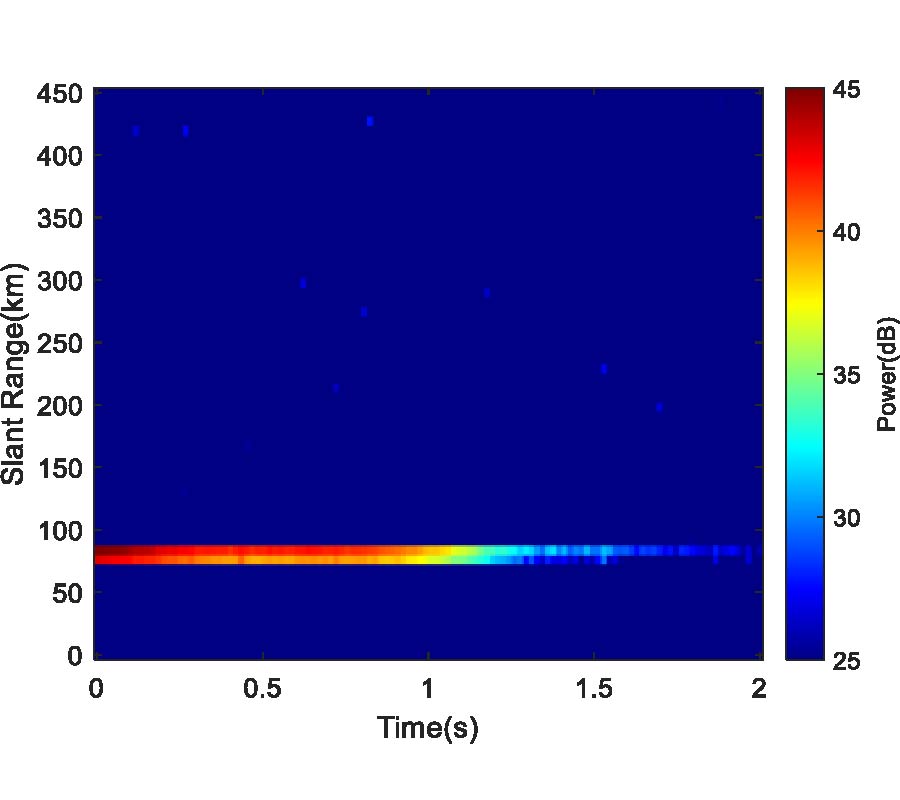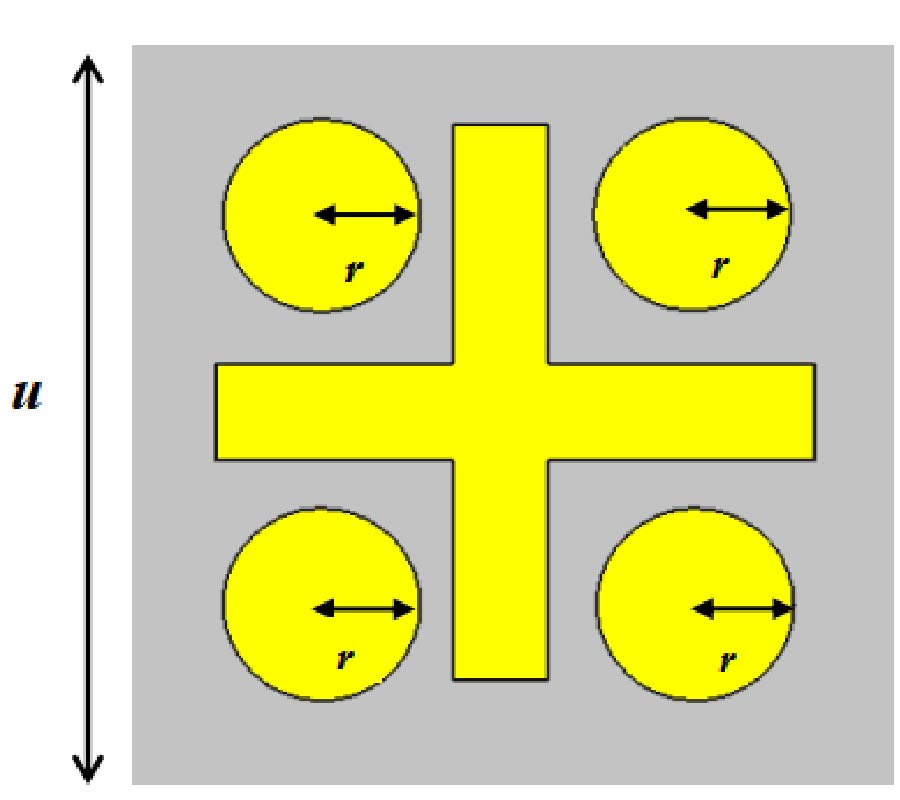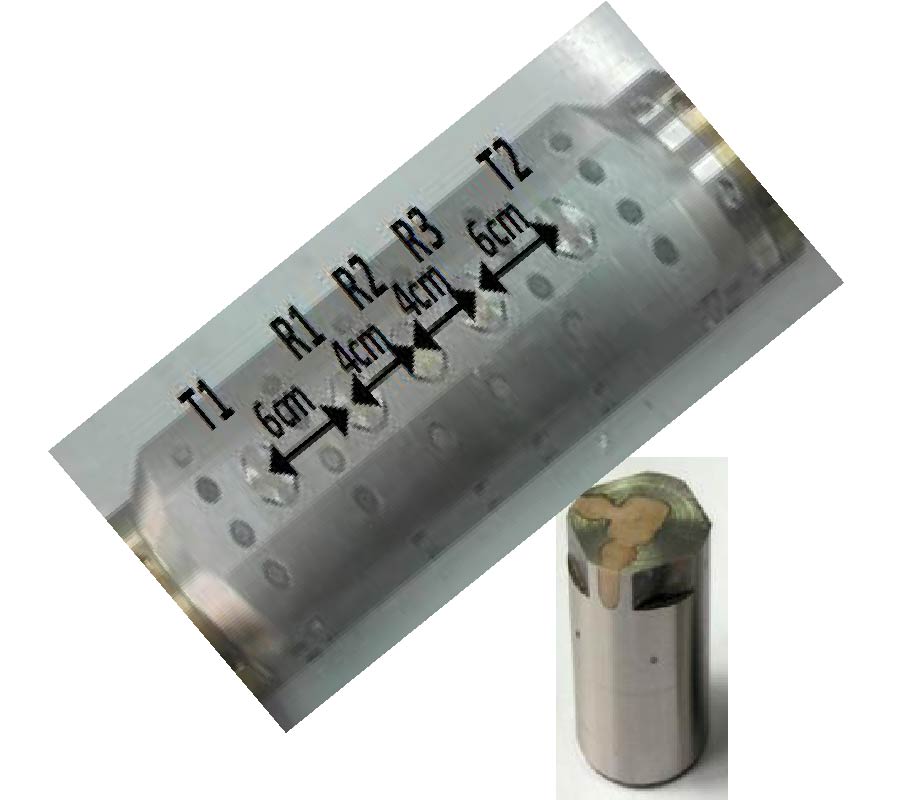2022-02-04 Latest Published
By Chaozhi Huang
Jinfeng Duan
Wei Liu
Yuliang Wu
Progress In Electromagnetics Research M, Vol. 107, 243-257, 2022
Abstract
The large vibration and noise of switched reluctance motor (SRM) limits development in the field of electric bicycles. The innovation of the paper lies in reducing torque ripple by advancing the turn-on angle and increasing air-gap permeability in the first half of two phase exchange region. The torque ripple of a novel Multi-Teeth External Rotor SRM (MTER-SRM) is studied in the paper. Firstly, the topology structure, working principle and optimized process of the MTER-SRM are introduced. Secondly, the method to suppress the torque ripple by advancing turn-on angle is proved theoretically. The effect of advancing turn-on angle on torque ripple is analyzed, and turn-on angle is optimized by Finite Element Method (FEM). Thirdly, the mathematical model is built to analyze the change of air-gap permeability in the aligned and unaligned position. The effect of different angles and heights of pole shoe on the torque characteristics is analyzed by FEM, and optimized parameters of single pole shoe size are obtained. Finally, the results show that torque ripple has dropped from 1.5 to 0.4, with the decrease of 73.3%. The multi-physical field results show that the vibration displacement, velocity, acceleration and noise pressure of stator decrease by 83.3%, 52.5%, 52.2%, and 54.2%, respectively. Meanwhile, the vibration test of the prototype also shows that the maximum vibration acceleration has dropped from 0.4 to 0.1, with the decrease of 75%. The vibration and noise of the MTER-SRM is decreased significantly by this method, which can provide a demonstration for developing high performance motor applied in electric bicycle.
